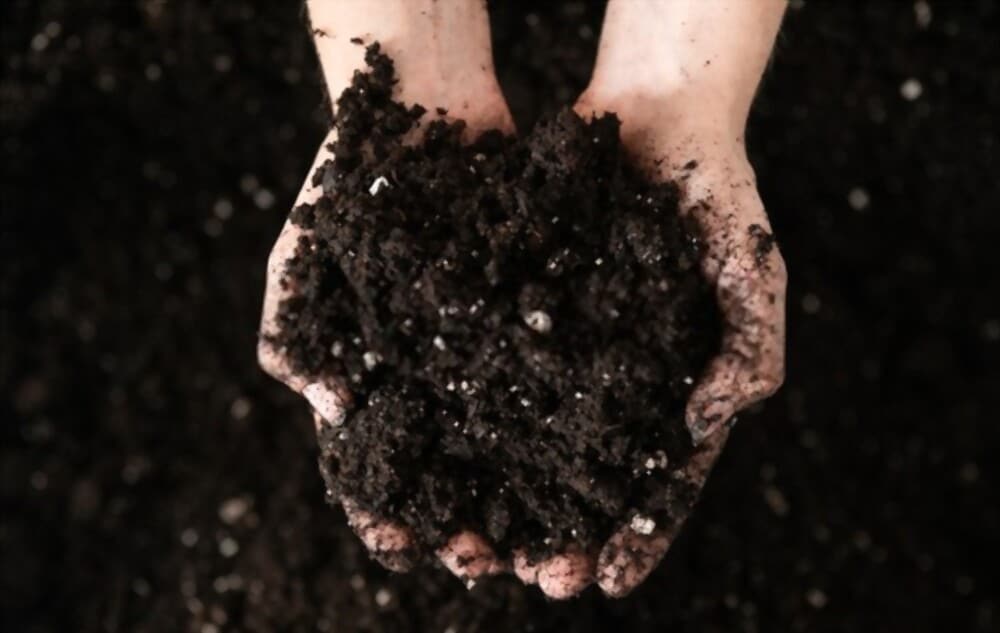
Plant growth depends on the moisture content of the soil. Numerous issues related to drought conditions can arise if the soil is very dry.
Periodic watering, the addition of soil additives that hold water, and mulching can all help to keep the soil moist. Exposure to the sun and wind can have an impact on the soil moisture of potted plants; however, this issue can be resolved by moving the plant.
To make sure the soil is moist but not soaked, use a moisture meter. The secret to growing healthy plants is healthy soil.
This post will go through the procedures and crucial information you should be aware of as you try to maintain and improve the moisture in the soil.
Table of Contents
Why Should Soil Be Kept Moist?
The fact that it will keep the plant healthy is the main justification for keeping the soil moist.
The soil’s moisture aids in the nutrients’ simple dissolution. This makes it simple for nutrients to be transferred from the soil to the plants.
The root system’s ability to develop is jeopardized as the soil dries up since it makes it harder and harder to absorb nutrients.
Unfortunately, this may also result in the plant’s demise.
Through plant transpiration and evaporation, it aids in controlling the exchange of heat and water energy.
| The Importance of Soil Moisture |
|---|
| For the growth of plants, moist soil serves as a solvent and a carrier of nutrients. |
| The chemical and biological activity of the soil are aided by moist soil. |
| A healthy amount of soil moisture aids in controlling soil temperature. |
| encourages the establishment and growth of healthy roots |
It is evident from the few reasons listed above why it is crucial to maintain soil moisture. The soil’s moisture level must be kept constant because it is essential to the healthful development of plants.
4 Steps to keep Soil moist
Maintaining soil moisture is essential for plants to grow healthily. But it’s important to comprehend how to keep the soil hydrated. In this section of the article, you will get in-depth information about the actions you should take to keep the soil moist. Follow the directions below:
1. Water the Soil
Ensuring there is enough water is the first step in keeping the soil moist. This entails giving the plants regular hydration, ideally before they become thirsty.
Water your container garden daily if you have one. It should be adequate to water a garden in your backyard once or twice every week.
I use a watering can that I purchased on Amazon that is affordable, sturdy, and facilitates watering without creating a mess. Clicking here will take you there.
2. Mulching the Topsoil
The second step is to cover the soil with mulch, keeping it an inch away from the stem of the plant.
Using organic materials like straws, leaves, cardboard, bark, etc. to cover your soil is known as mulching.
This will aid in retaining moisture in the soil and shield plants from adverse weather conditions like cold or extreme heat.
3. Controlling Wind and Sunlight Exposure
The moisture in the soil tends to dry out quickly when plants are placed in windy places. The soil will dry out more quickly the stronger the wind.
When positioned in more protected locations, potted plants can significantly slow down how quickly the soil dries out.
Planting garden plants adjacent to larger trees that can block the wind or even erecting wind barriers are other ways to protect plants from the elements.
On the other hand, when exposed soil is heated directly by sunlight. Heat, especially heat from the sun, dramatically accelerates the rate of water evaporation.
A simple mulch cover can protect the soil from heat and hold onto moisture that might otherwise evaporate for both garden and potted plants.
Moving indoor plants helps them receive more sunlight.
4. Amending the Soil
The soil’s capacity to retain moisture can be increased by adding soil amendments.
Vermiculite and perlite are two amendments that can hold moisture in their pores for later release into the soil over time.
Amazon has a perlite and vermiculite blend that is affordable for all of your potting needs. To access it, click this link.
Most effective soil amendment for water retention.
Every garden needs soil since it is a vital component of a living ecosystem. To enhance the physical, chemical, and biological qualities of the soil, chemicals are added.
They may be organic or inorganic compounds. Compost, manure, peat moss, and green manures are examples of organic soil additions.
Lime (calcium carbonate), gypsum (calcium sulfate), and rock phosphate are examples of inorganic additions.
One of the key elements of a healthy garden is organic matter. Organic matter gives plants nourishment, aids in keeping soil moist, and prevents erosion by retaining silt and clay particles.
Compost is the most prevalent type of organic material.
Compost is made out of plant materials that have decomposed and can be added to soil to aid improve drainage in heavy clay soils or to boost water retention in sandy soils.
Lime is one of the best soil amendments for retaining water because it raises the pH of the soil, which increases the soil’s capacity to retain water.
Sphagnum peat is another type of soil supplement that helps soil retain water. Because of its acidity, gardeners can grow plants that need more acidic soil.
Vermiculite and Coconut Coir can be put to the soil to improve water retention, just like sphagnum peat.
Enhancing and maintaining the drainage system of the soil is just as important as increasing the soil’s ability to retain water. Add the following elements as a result:
- Perlite
- Vermiculite
- Leca
- Crushed Sand Soil
So, give these techniques a try for improved soil water retention. For optimum plant growth, keep the soil wet.
